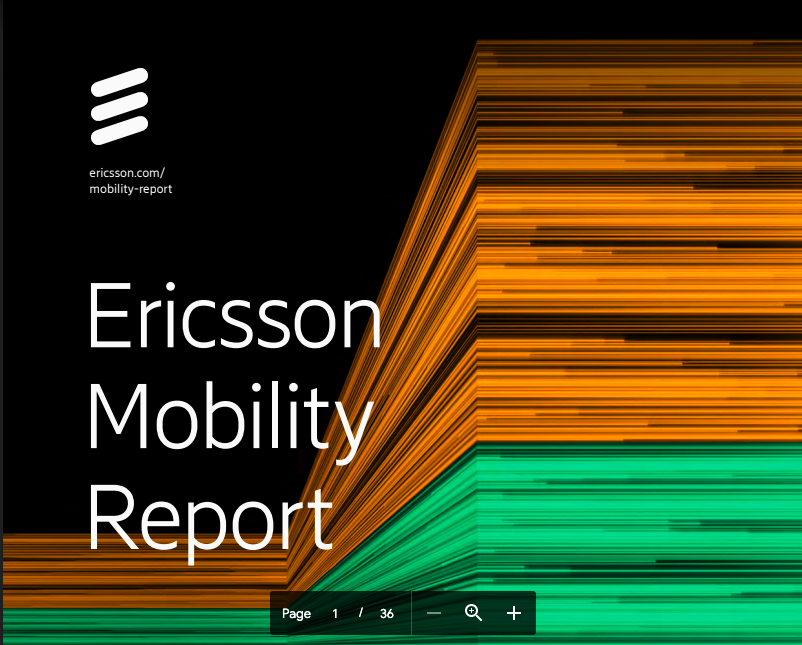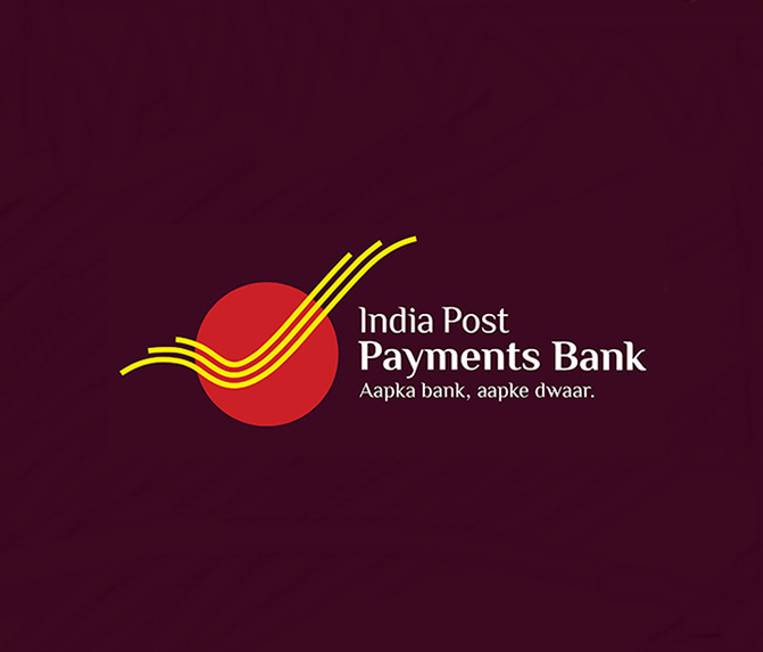5G will represent around 26% of mobile subscriptions in India at the end of 2026
5G remains on track to become the fastest adopted mobile generation in history with subscriptions increasing at a rate of about a million per day
5G subscriptions with a 5G-capable device grew by 70 million during the first quarter of 2021 and are forecast to reach 580 million by the end of 2021
5G will represent around 26% of mobile subscriptions in India at the end of 2026, estimated at about 330 million subscriptions.
Ericsson projects that 5G mobile subscriptions will exceed 580 million by the end of 2021, driven by an estimated one million new 5G mobile subscriptions every day.
The forecast, which features in the 20th edition of the Ericsson Mobility Report, enhances the expectation that 5G will become the fastest adopted mobile generation. About 3.5 billion 5G subscriptions and 60 percent 5G population coverage are forecast by the end of 2026.
However, the pace of adoption varies widely by region. Europe is off to a slower start and has continued to fall far behind China, the US, Korea, Japan and the Gulf Cooperation Council (GCC) markets in the pace of 5G deployments.
5G is expected to surpass a billion subscriptions two years ahead of the 4G LTE timeline for the same milestone. Key factors behind that include China’s earlier commitment to 5G and the earlier availability and increasing affordability of commercial 5G devices. More than 300 5G smartphone models have already been announced or launched commercially.
Economic recovery
This commercial 5G momentum is expected to continue in coming years, spurred by the enhanced role of connectivity as a key component of post-Covid-19 economic recovery.
North-East Asia is expected to account for the largest share of 5G subscriptions by 2026, with an estimated 1.4 billion 5G subscriptions. While North American and GCC markets are expected to account for the highest 5G subscription penetration, with 5G mobile subscriptions comprising 84% and 73% of all regional mobile subscriptions respectively.
Ericsson Executive Vice President and Head of Networks Fredrik Jejdling says this landmark 20th edition of Ericsson Mobility Report shows that Ericsson is in the next phase of 5G, with accelerating rollouts and coverage expansion in pioneer markets such as China, the USA and South Korea.
“Now is the time for advanced use cases to start materializing and deliver on the promise of 5G. Businesses and societies are also preparing for a post-pandemic world, with 5G-powered digitalization playing a critical role,” said Fredrik Jejdling.
Smartphones and video
Data traffic continues to grow year on year. Global mobile data traffic – excluding traffic generated by fixed wireless access (FWA) – exceeded 49EB per month at the end of 2020 and is projected to grow by a factor of close to 5 to reach 237EB per month in 2026.
Smartphones, which currently carry 95% of this traffic, are also consuming more data than ever. Globally, the average usage-per-smartphone now exceeds 10GB/month and is forecast to reach 35GB/month by the end of 2026.
Wireless Access adoption
Ericsson Head of Strategic Marketing Insights and Executive Editor Ericsson Mobility Report Patrik Cerwall said the Covid-19 pandemic is accelerating digitalization, as well as increasing the importance of, and need for reliable, high-speed mobile broadband connectivity.
“Almost nine out of ten communications service providers (CSPs) that have launched 5G also have a fixed wireless access (FWA) offering (4G and/or 5G), even in markets with a high fiber penetration,” said Patrik Cerwall. This is needed to accommodate increasing FWA traffic, which the report forecasts to grow by a factor of seven to reach 64EB in 2026.
Massive IoT technologies NB-IoT and Cat-M connections are forecast to increase by almost 80 percent during 2021, reaching almost 330 million connections. In 2026, these technologies are forecast to make up 46 percent of all cellular IoT connections.
EMR Outlook on India
In the India region, 4G subscriptions are forecast to rise from 680 million in 2020 to 830 million in 2026, increasing at a CAGR of 3%. 4G remained the dominant technology in 2020, accounting for 61% of mobile subscriptions.
The technology will continue to be dominant, representing 66% of mobile subscriptions in 2026, with 3G being phased out by that time. 5G will represent around 26% of mobile subscriptions in India at the end of 2026, estimated at about 330 million subscriptions.
The number of smartphone subscriptions was 810 million in 2020 and is expected to grow at a CAGR of 7%, reaching over 1.2 billion by 2026. Smartphone subscriptions accounted for 72% of total mobile subscriptions in 2020 and are projected to constitute over 98% in 2026, driven by rapid smartphone adoption in the country.
Digital payment
States , Ericsson India Head and Network Solutions for South east Asia, Oceania and India Head Nitin Bansal said Covid-19 has accelerated India’s digital transformation as more and more consumers rely on digital services – be it digital payments, remote health consultations, online retail or video conferencing – to fulfil their business or personal needs.
“Accordingly, the average monthly mobile data usage per smartphone continues to show robust growth, boosted by people increasing their smartphone usage while staying at home.” The average traffic per smartphone user in India has increased from 13GB per month in 2019 to 14.6GB per month in 2020. The average traffic per smartphone in the India region stands second highest globally and is projected to grow to around 40GB per month in 2026,” said Nitin Bansal.
Data traffic
Total mobile data traffic in India has grown from 6.9EB/month to 9.5EB/month in 2020 and is projected to increase by more than four times to reach 41EB/month in 2026. This is driven by two factors: high growth in the number of smartphone users, including growth in rural areas, and an increase in average usage per smartphone.
According to Ericsson’s ConsumerLab study – Five Ways to a Better 5G, at least 40 million smartphone users in India could take up 5G in first year of 5G being made available with consumers even willing to pay 50 percent more for 5G plans with bundled digital services, compared to just 10 percent premium for 5G connectivity. In fact, India has the biggest rise in intention to upgrade with 67% of users expressing an intention to take up 5G once it is available, an increase of 14 percentage points over 2019.
According to the Ericsson Mobility Report, the net addition of mobile subscriptions during Q1 2021 was quite low at 59 million globally. This is likely due to the pandemic and associated lockdown restrictions. India had the most net additions (+26 million), followed by China (+6 million) and Nigeria (+3 million).





